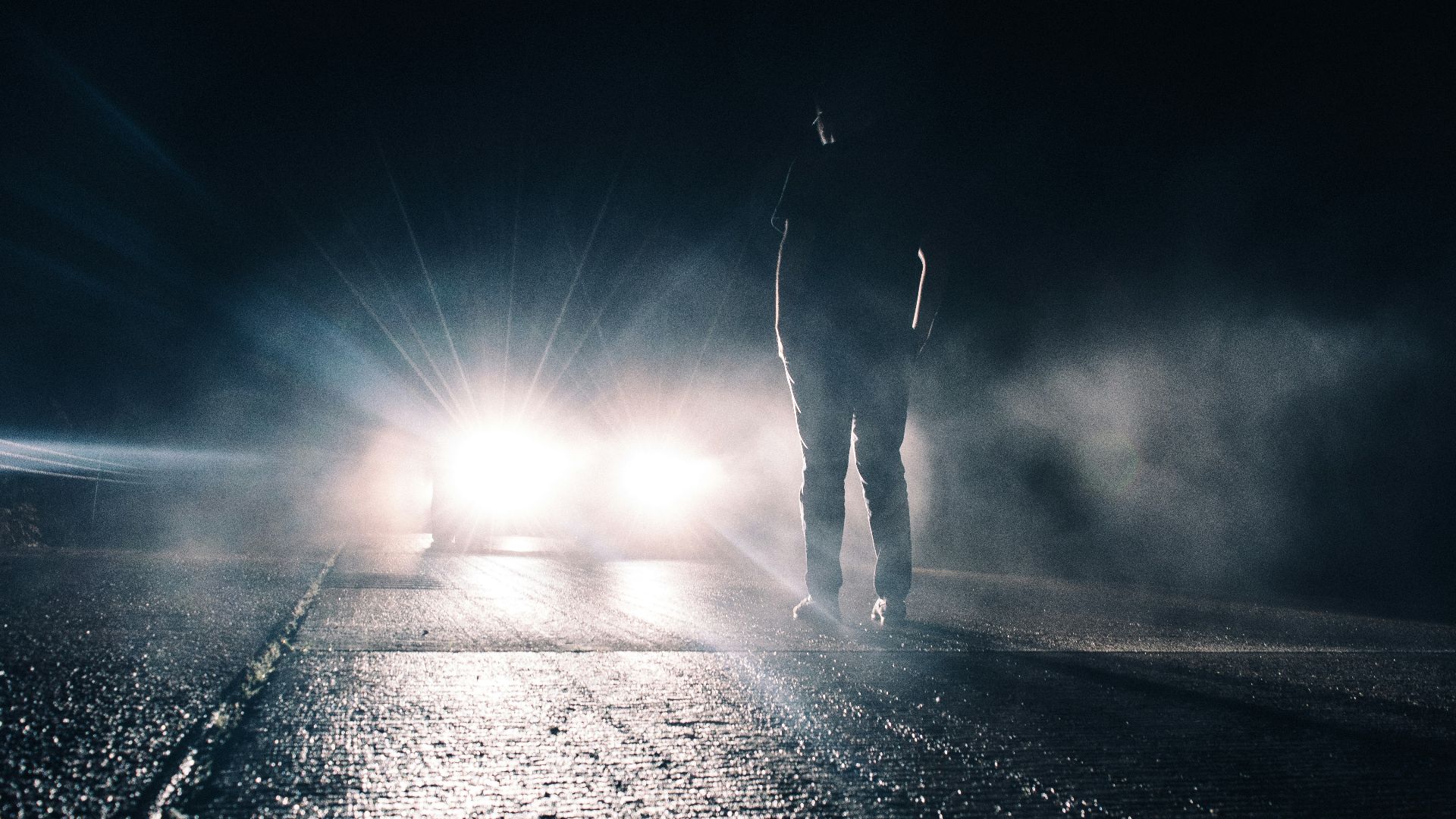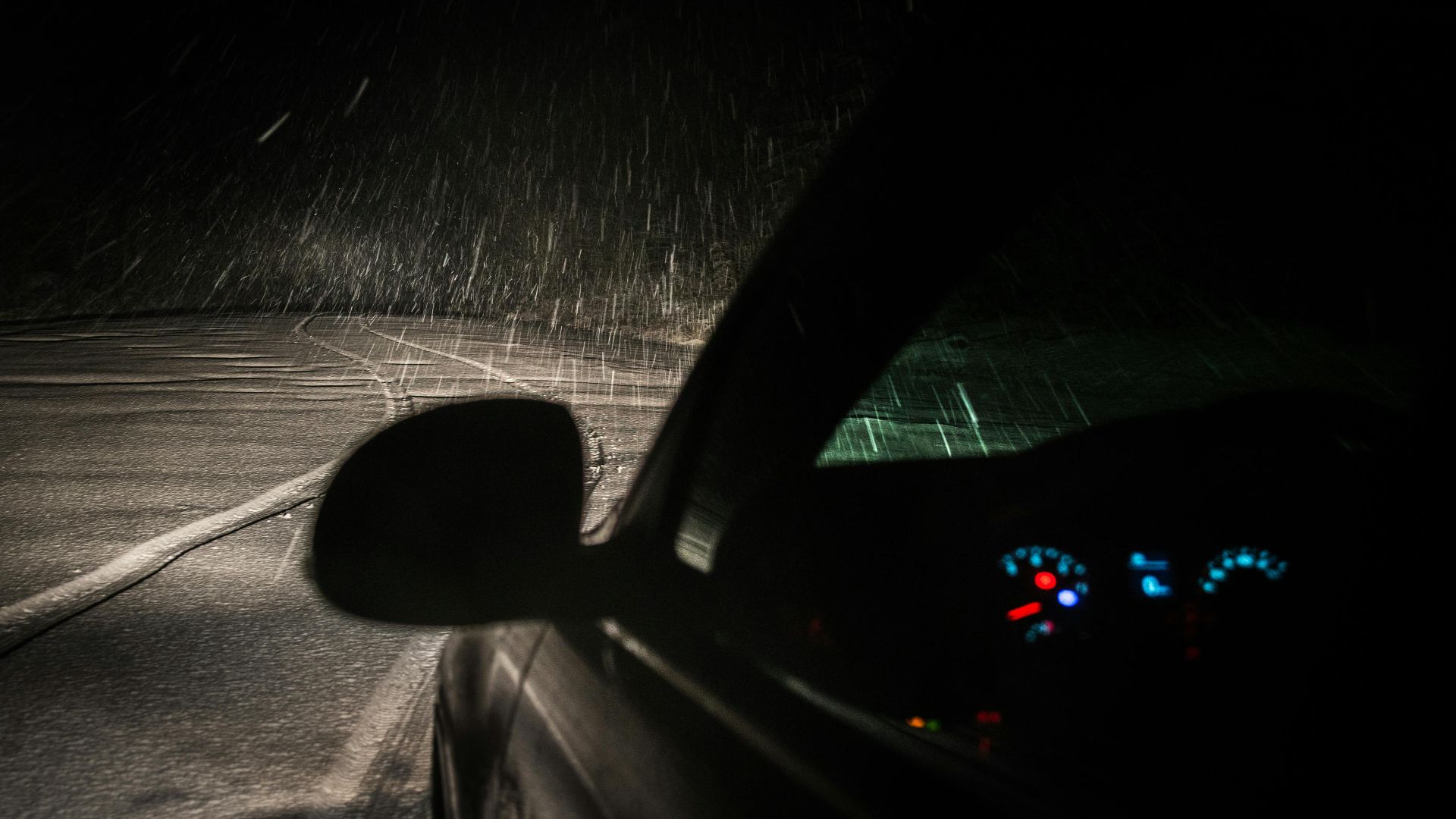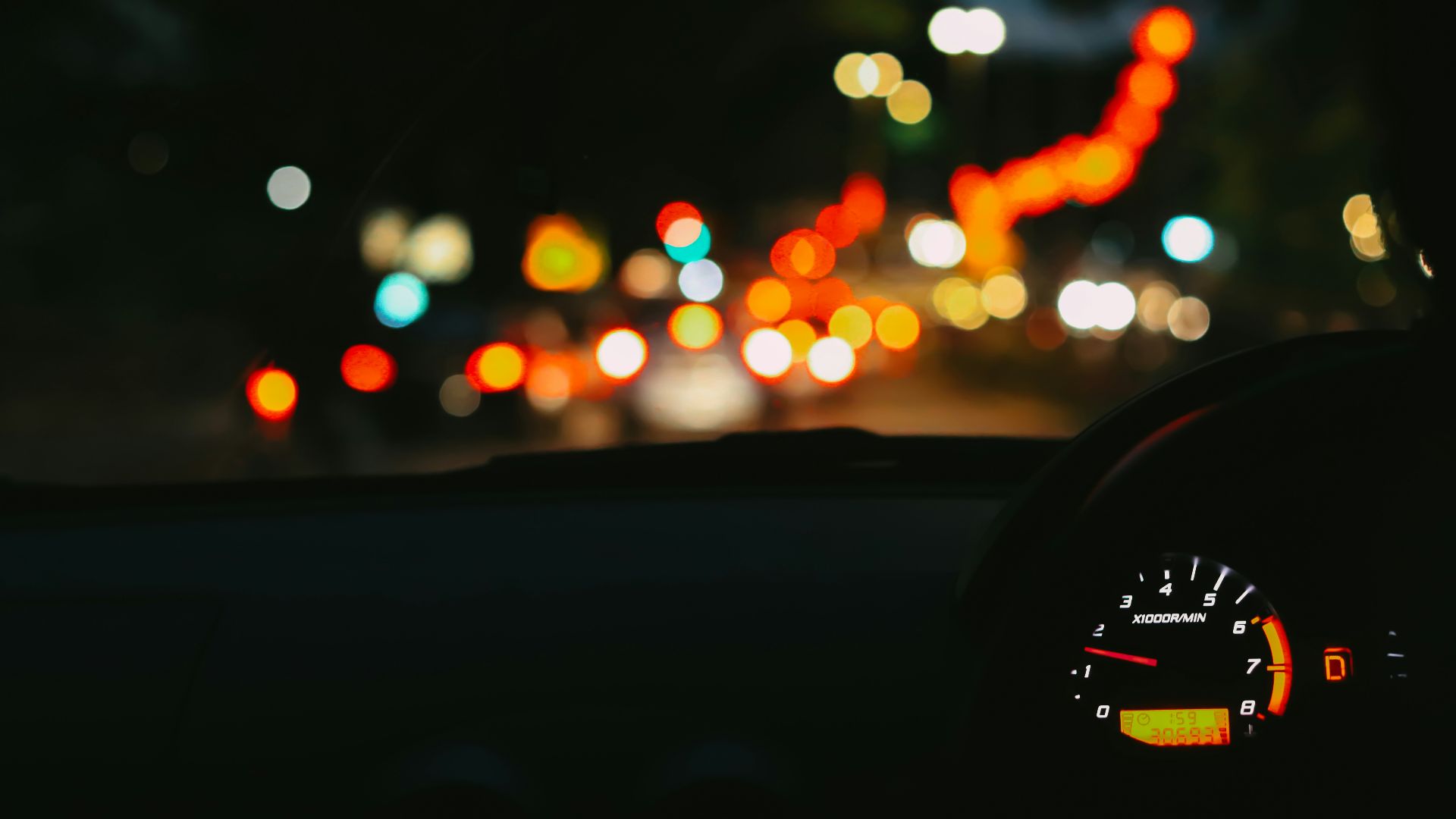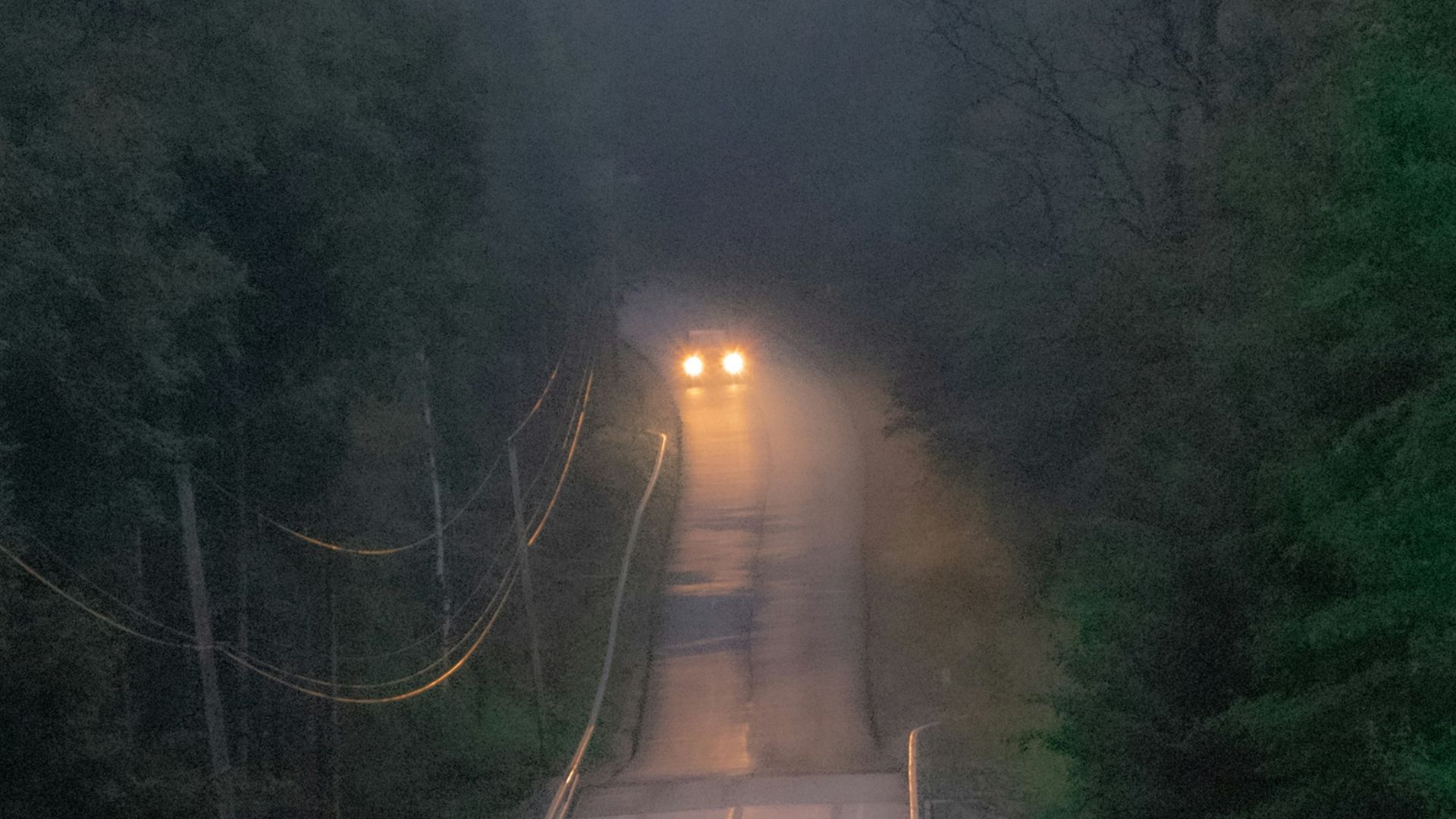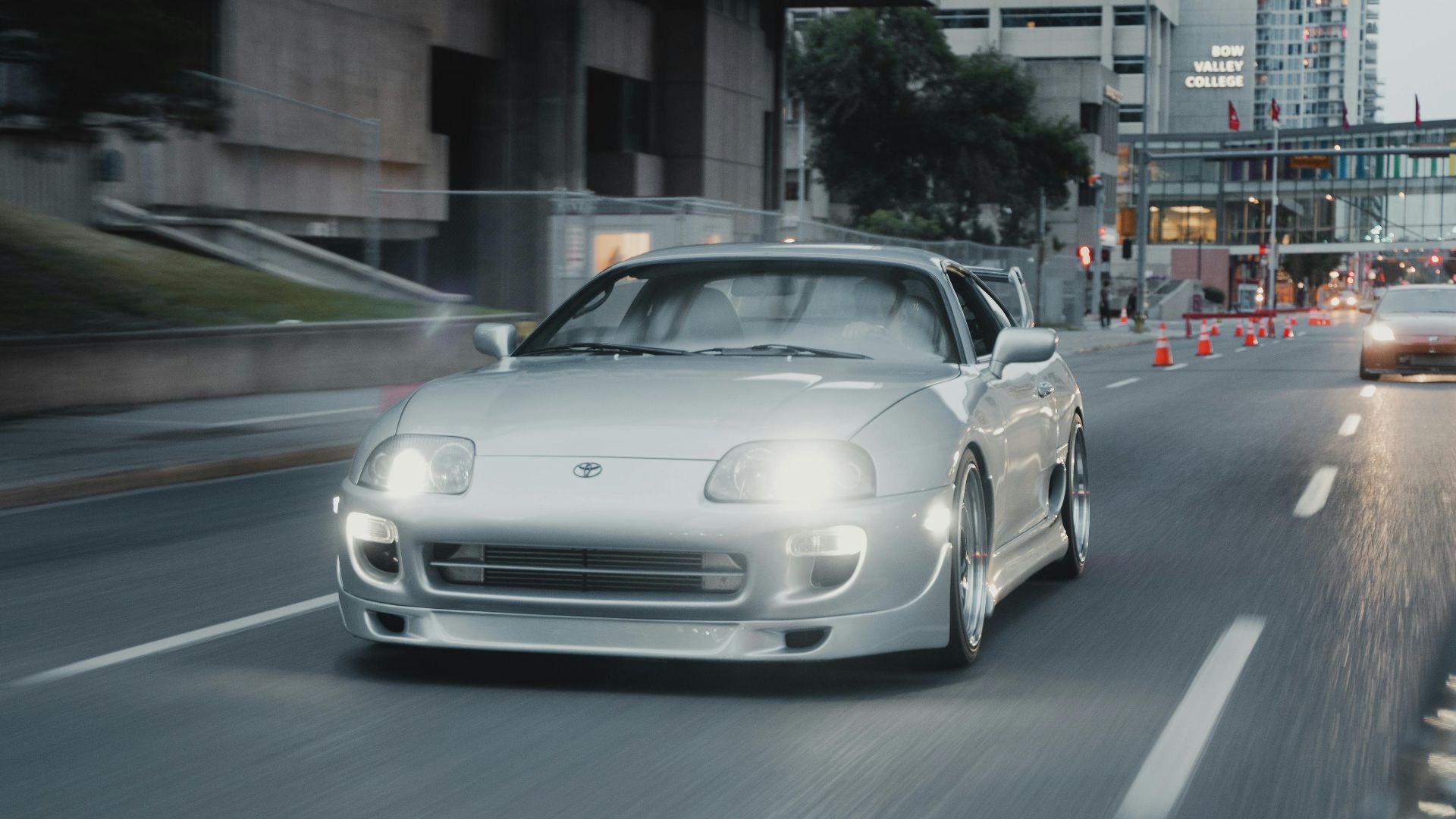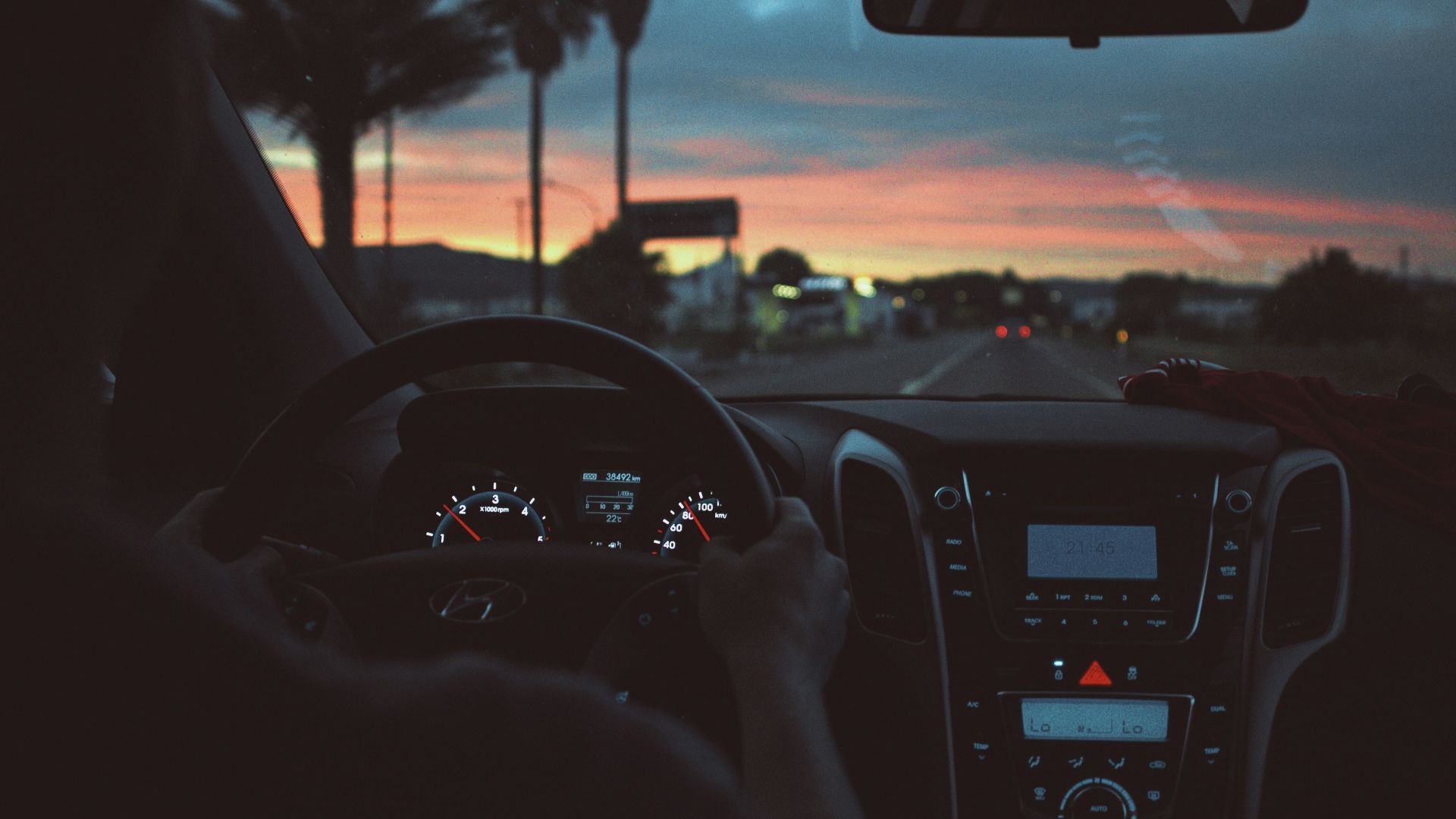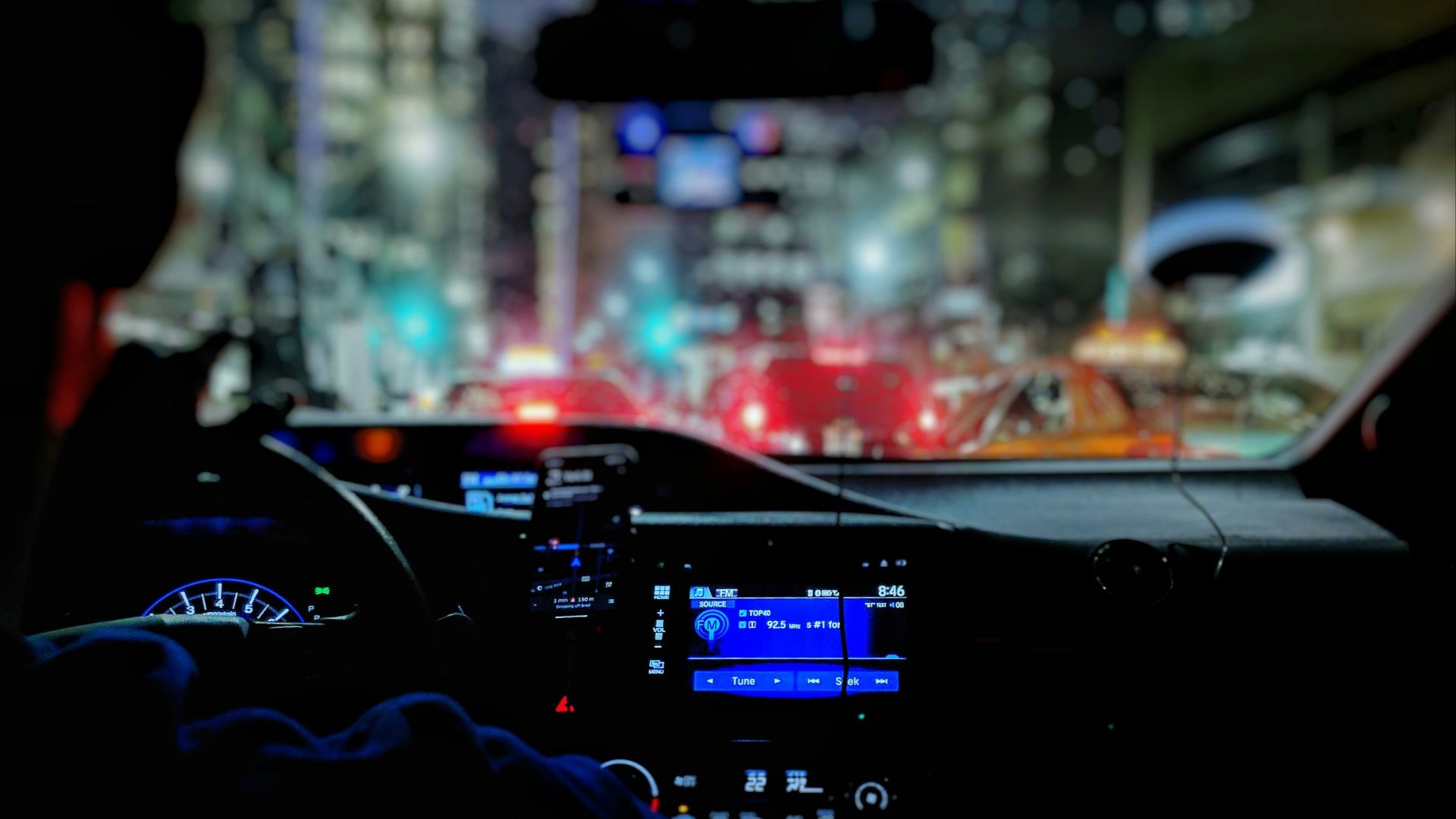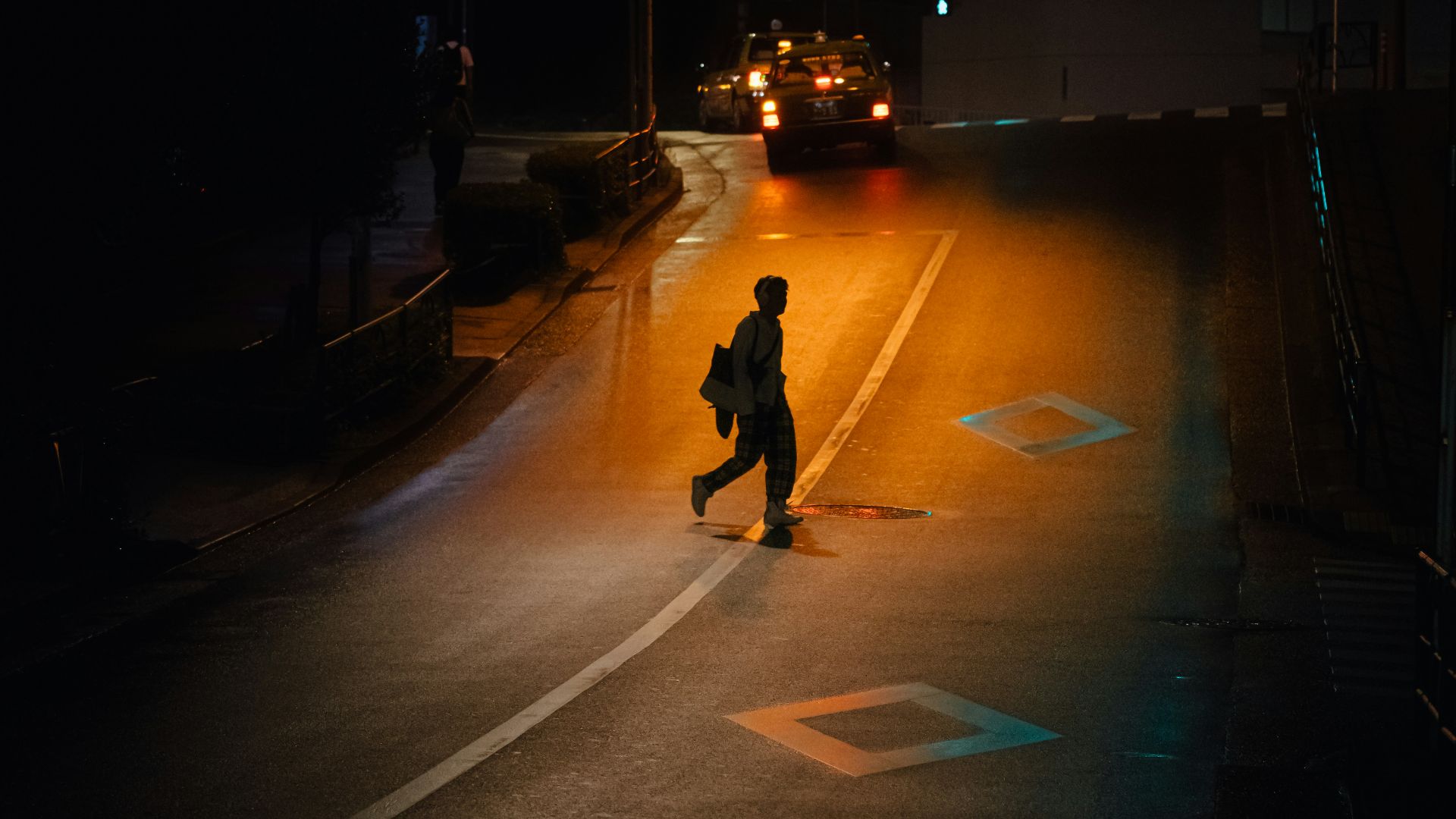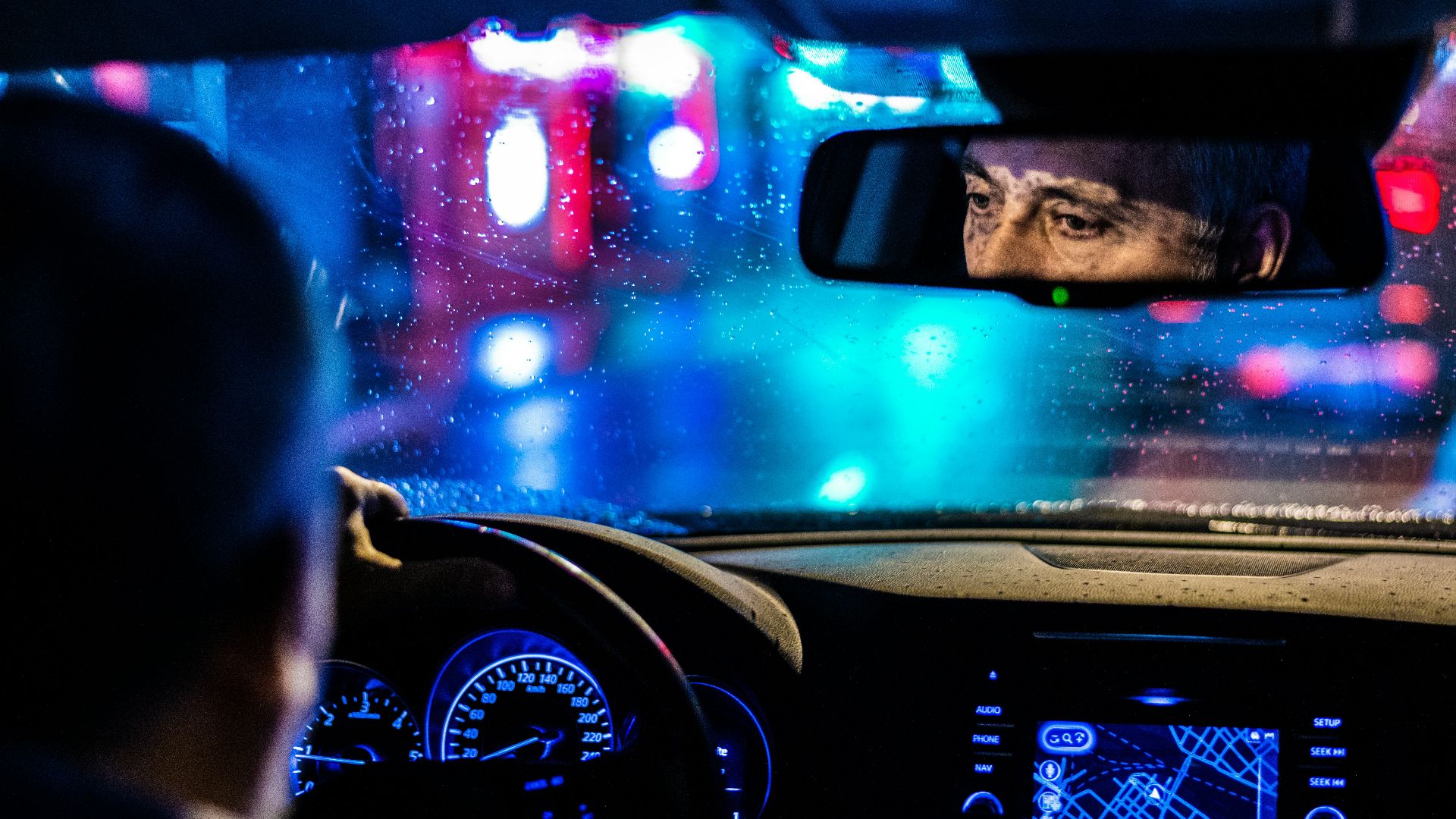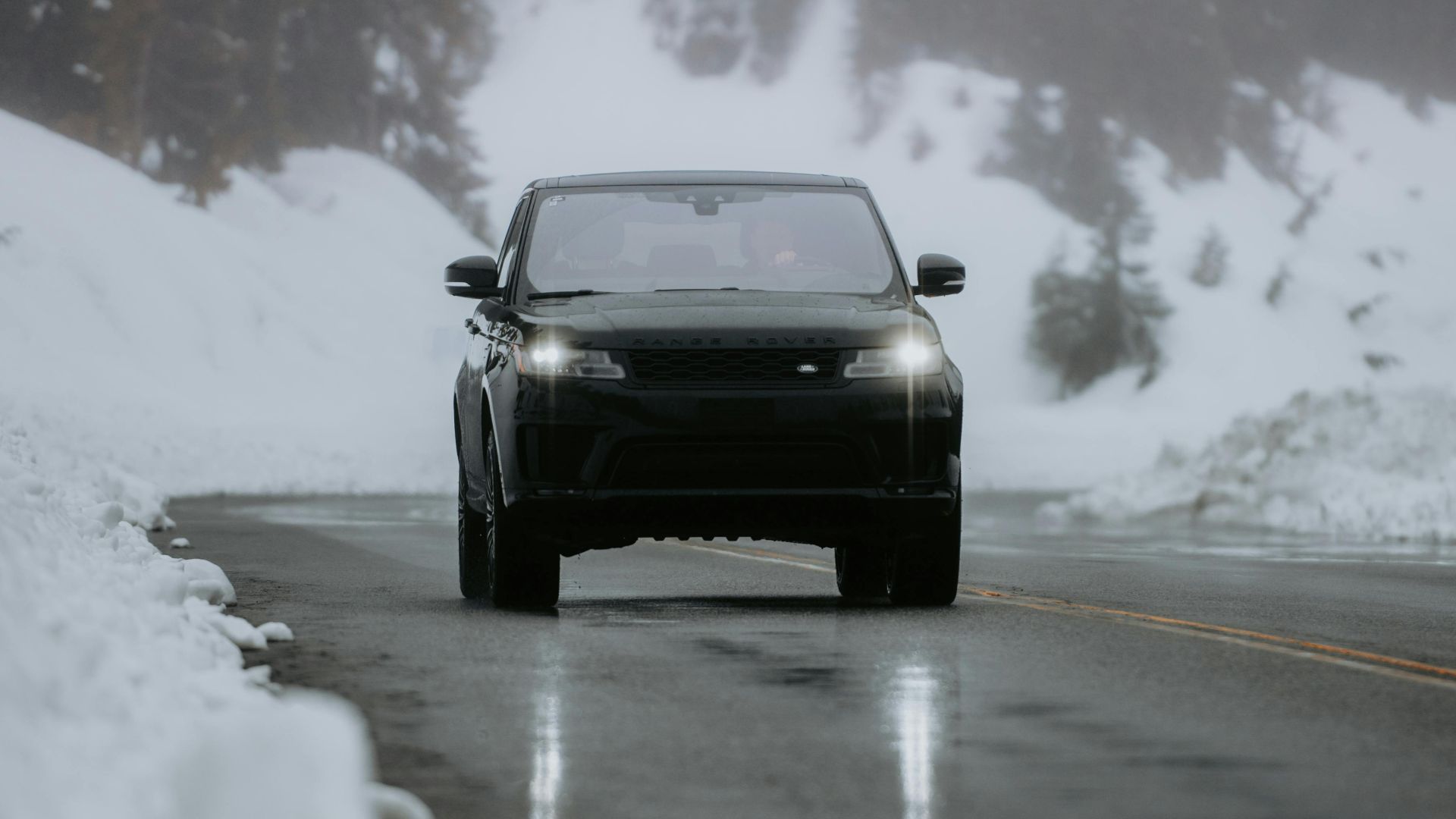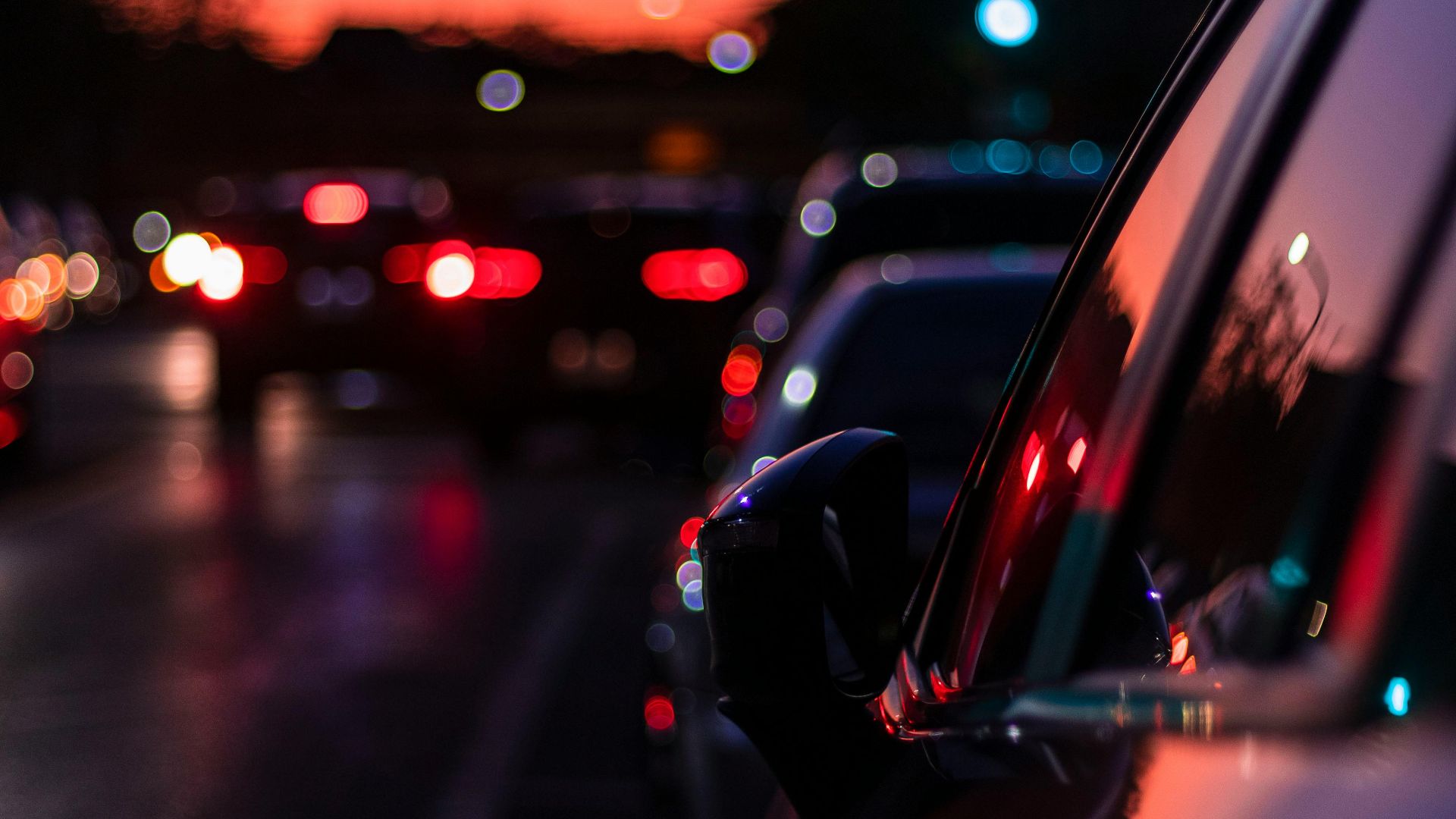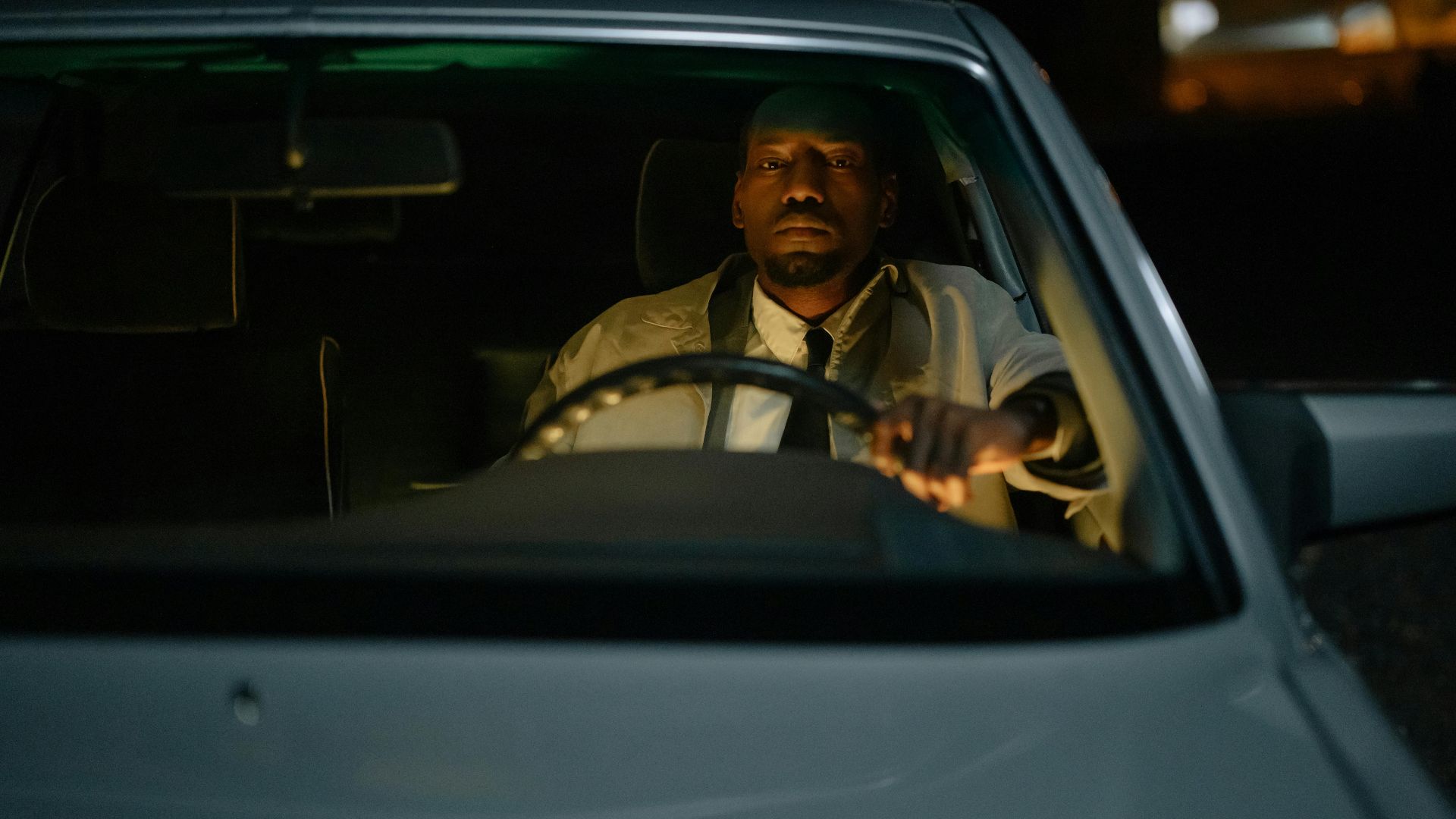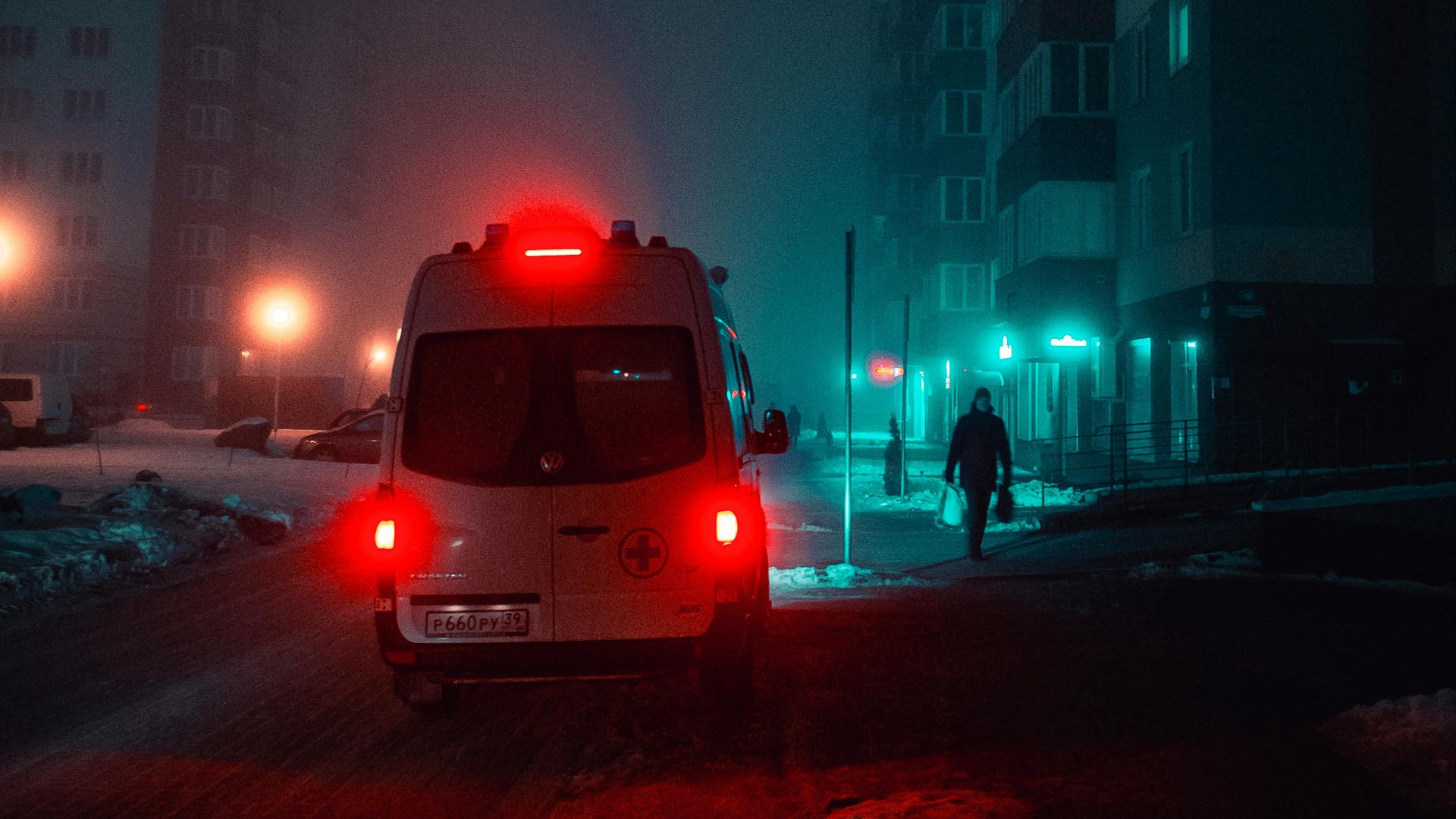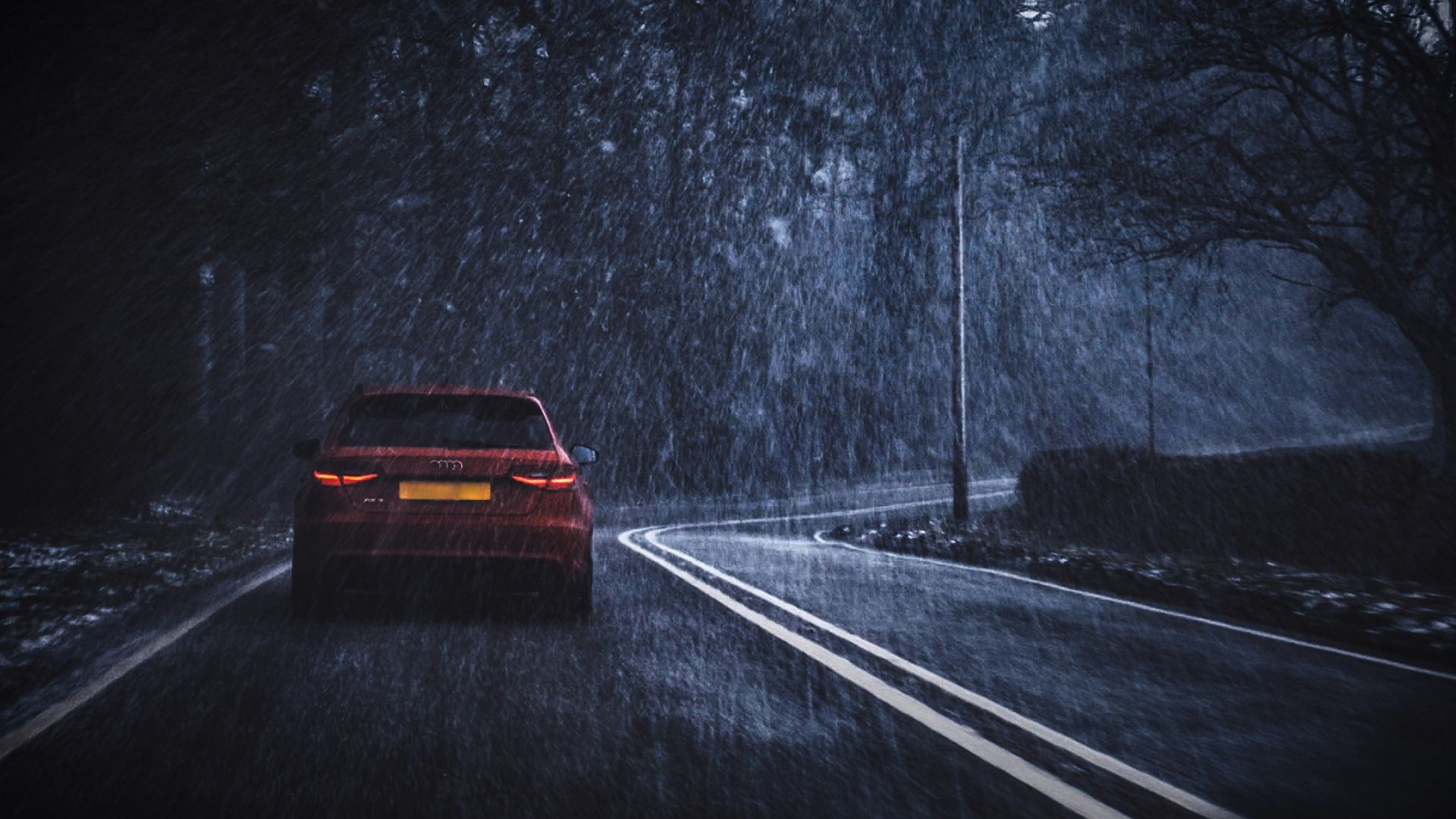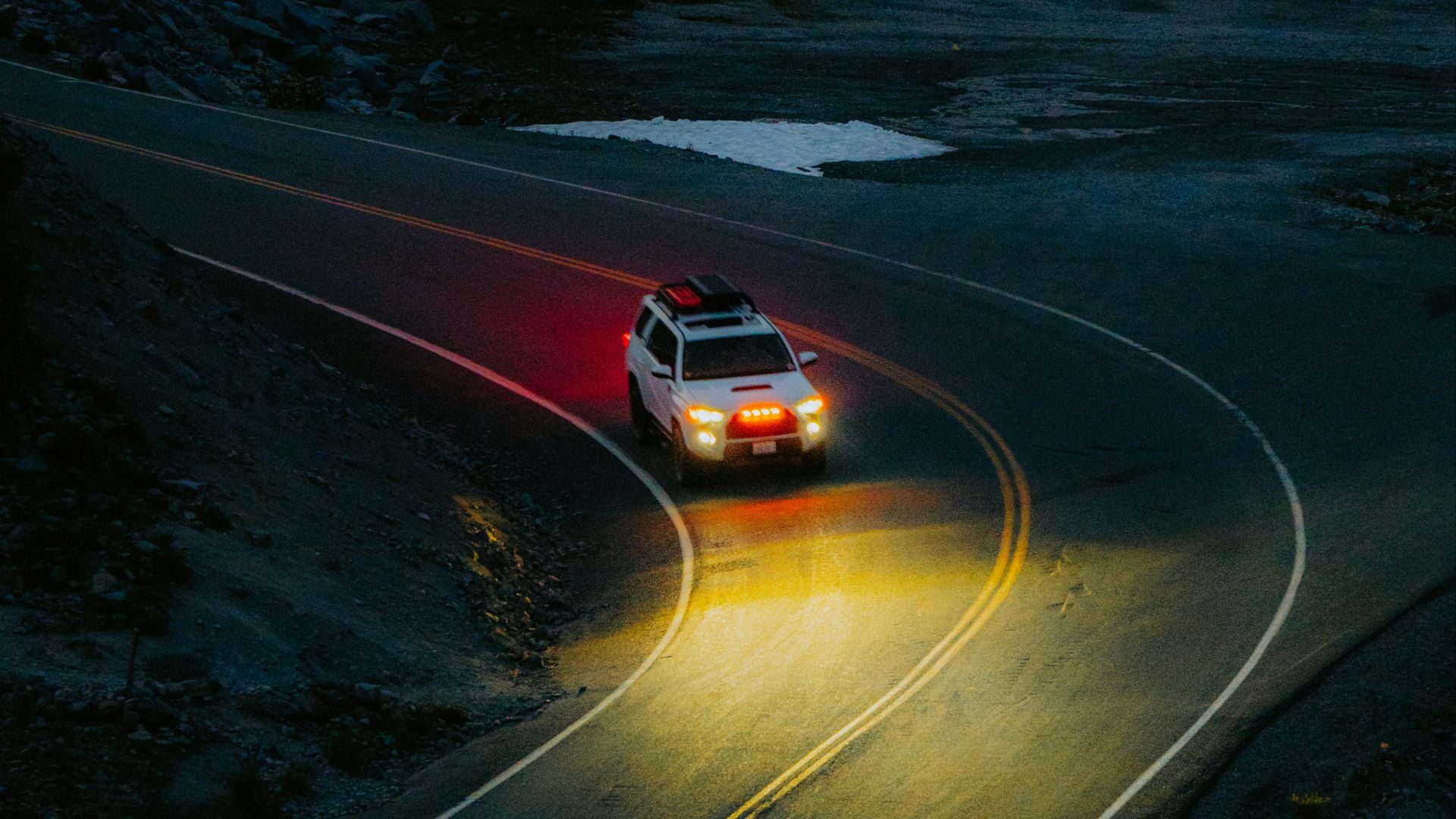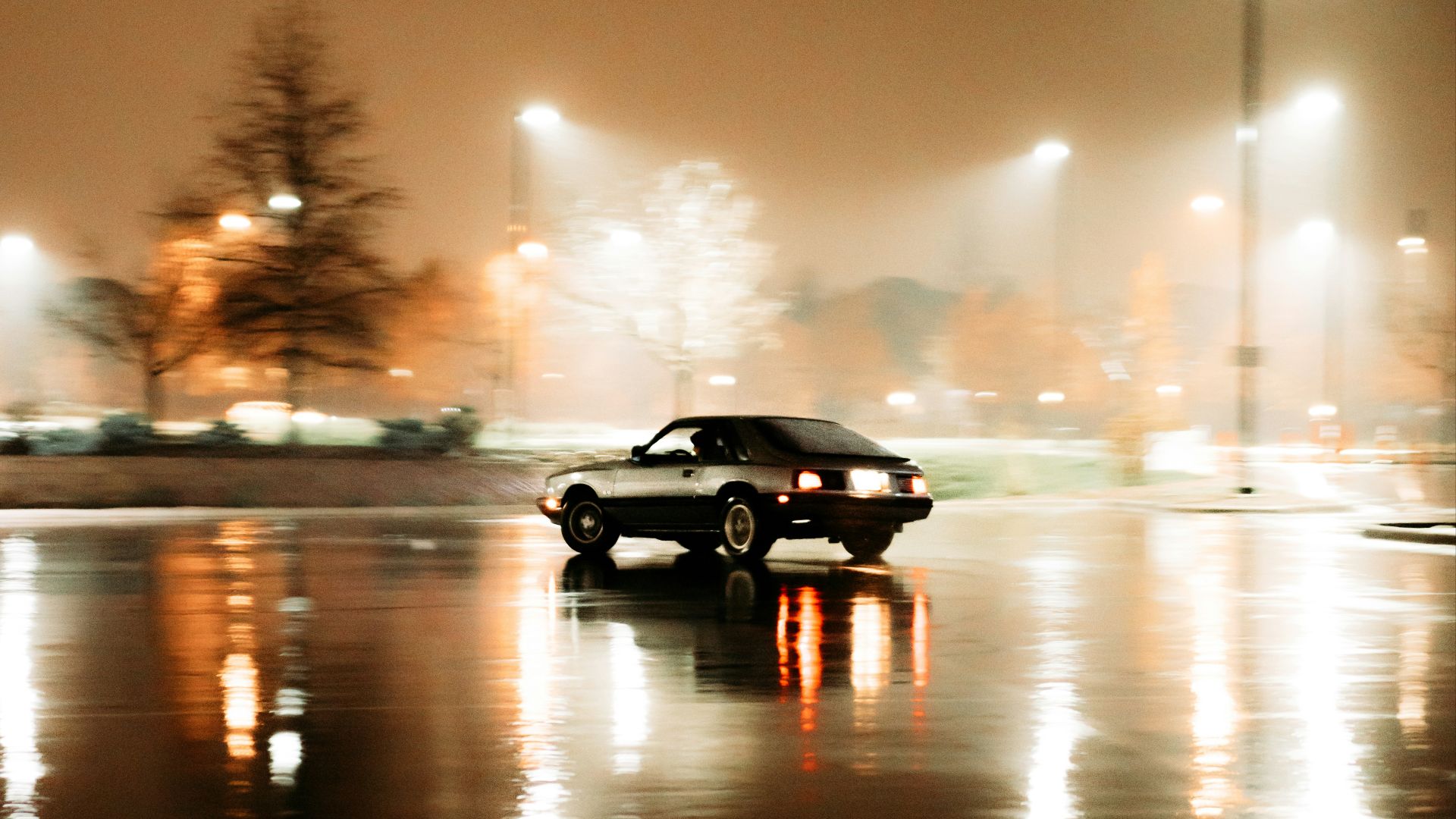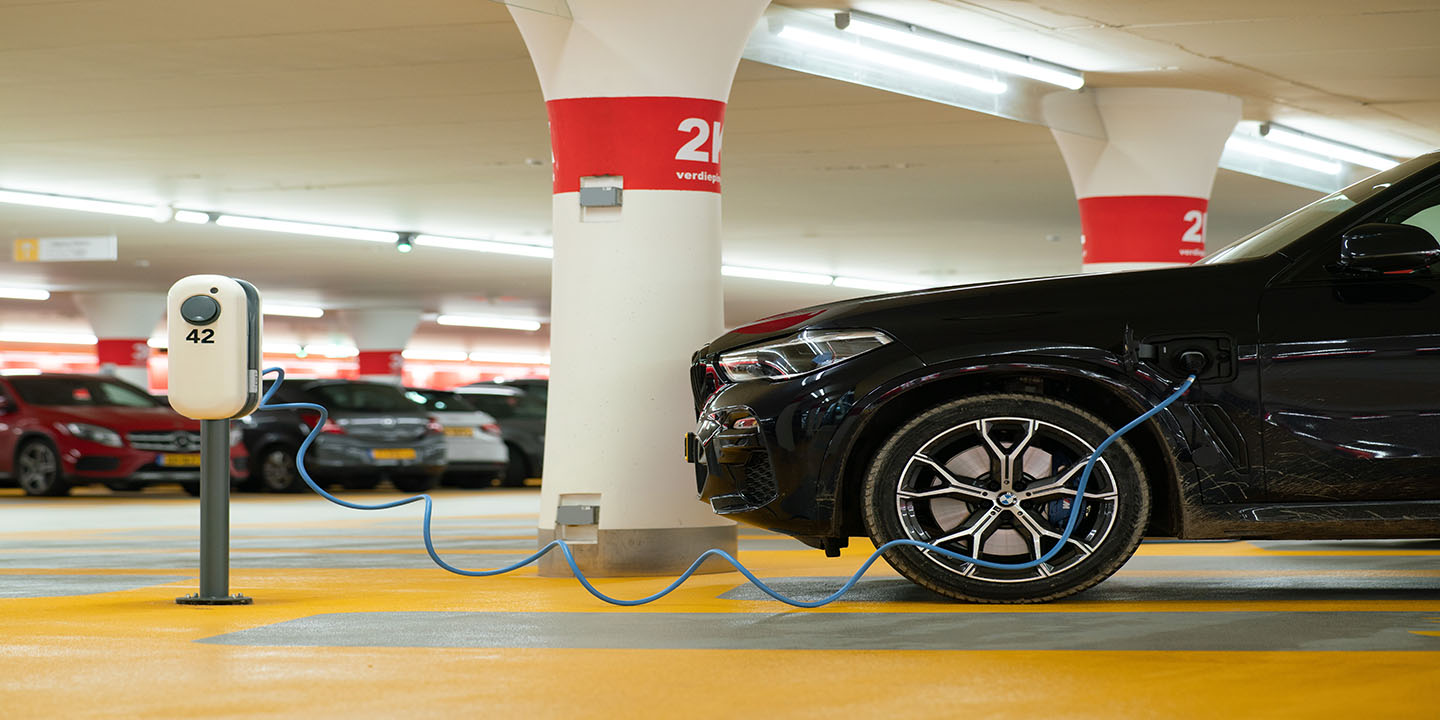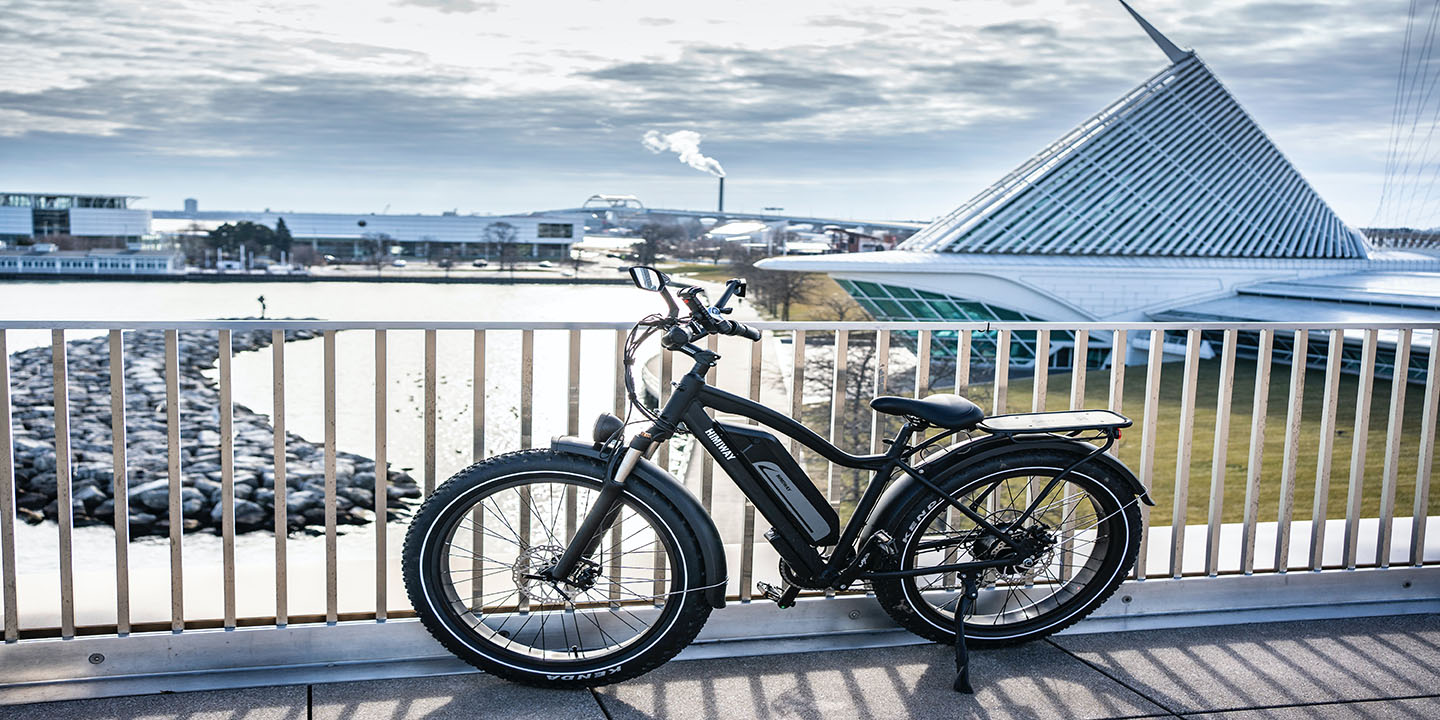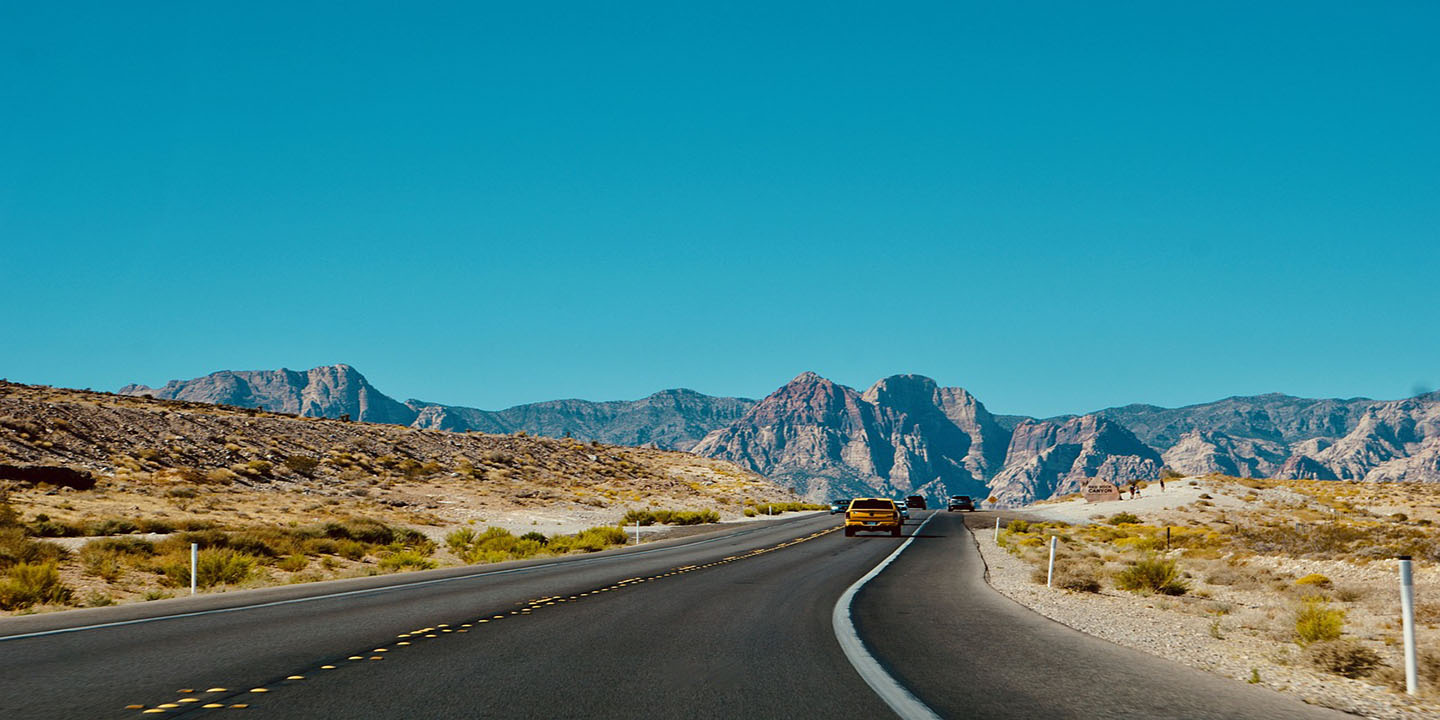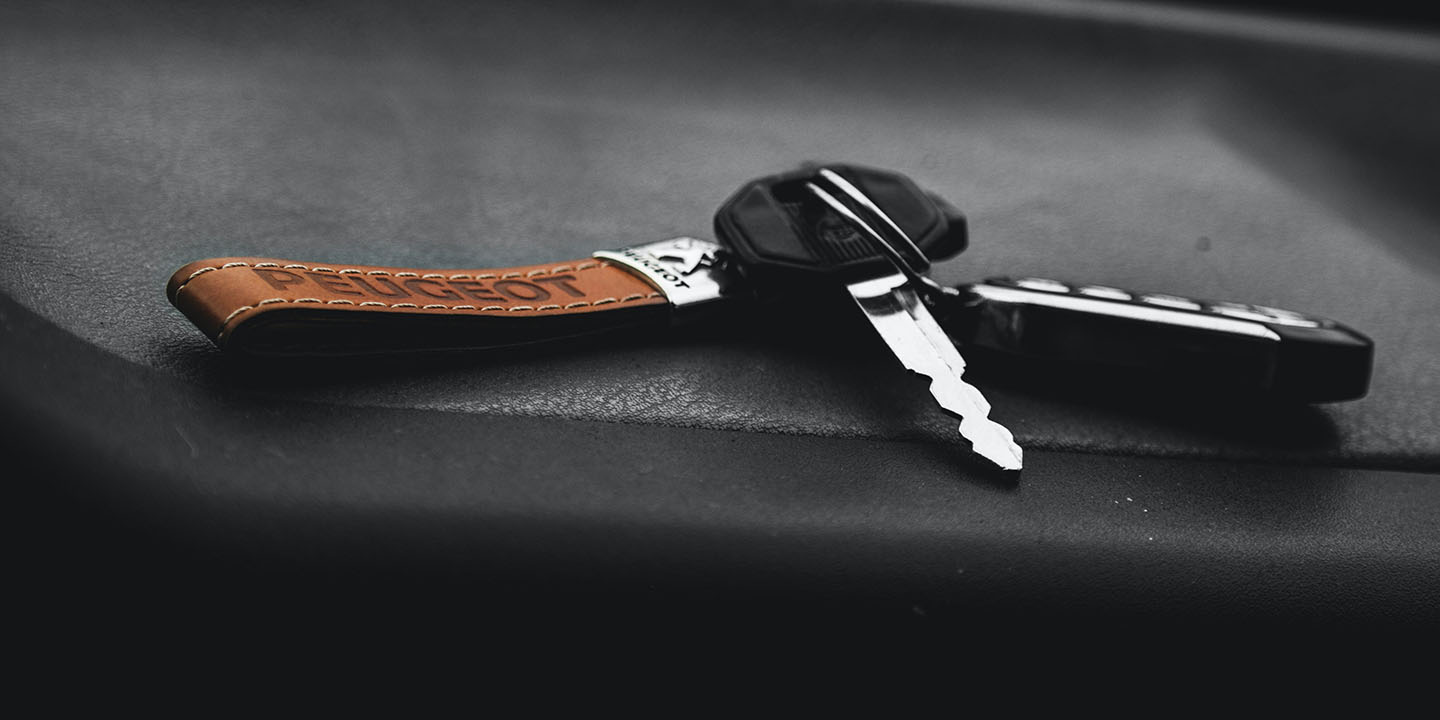Driving After Dark: 10 Common Night Driving Hazards & 10 Safety Tips To Avoid Accidents
Driving After Dark: 10 Common Night Driving Hazards & 10 Safety Tips To Avoid Accidents
Are You Prepared to Drive at Night?
You can’t always avoid driving at night. In fact, some motorists prefer to hit the streets when everything’s quiet. However, those peaceful drives come with all kinds of potential dangers, which is why we’re here to break down a few common ones and how you can stay safe after dark.
1. Fatigue
Most drivers lose their spark after sundown. Even experienced motorists have a hard time battling common side effects of fatigue—difficulty focusing, slower reaction times, and frequent yawning are all big indicators that it’s time to pull over.
 Augusto Carneiro Junior on Pexels
Augusto Carneiro Junior on Pexels
2. Reduced Visibility
It’s no surprise that we suffer reduced visibility at night, but it’s a bigger problem than some drivers admit. From hazards and road signs to potential wildlife, you never know what’s hidden in the shadows, and even diligent drivers can miss a thing or two.
3. Potential for Impaired Drivers
Depending on when you hit the road, you might run into a higher risk of impaired drivers. Nightlife encourages all kinds of risky behavior and some drivers get behind the wheel when they really shouldn’t. You’re then left to battle one more danger.
4. Limited Peripheral Vision
Drivers need 360 awareness on the road. Proper peripheral vision ensures you can check your blind spot and stay alert to what’s around you—but you don’t always have that at night. Throw in the lack of visibility with other drivers and the whole ride can get pretty dicey.
5. Blinding LED Headlights
No one likes the LED headlights on new models, but they’re even more dangerous at night. While you’d like to have the road to yourself, the odds of totally clear streets can be pretty slim. Next thing you know, you’re staring down the blinding glare of LED lights with every passing car.
6. Nocturnal Animals
We all enjoy a good deer spotting now and then, but no one wants to encounter animals at night. Depending on the size and their movement, you’re looking at a potentially fatal accident or, at the very least, a totaled car.
7. Slower Reaction Times
Even if you’re fully alert on the road, some night drivers aren’t as concentrated. Whether it’s fatigue or a more carefree attitude, slower reaction times impede everyone’s safety. Reaction times only worsen with distractions like the radio or GPS.
8. Higher Risk of Accidents
Between tired drivers and reduced visibility, it’s no wonder accidents happen. Studies show that the most dangerous hours are between midnight to 6:00 a.m., so extra care is warranted for those working the graveyard shift.
9. Pedestrians Without Reflective Gear
While you probably won’t see pedestrians after midnight, you’ll definitely spot them after rush hour. It’s much easier in the summer to see them with their children or pets, but those dark winter hours can make them even harder to spot, especially if they forego reflective gear.
10. Aggressive Drivers
Aggressive drivers are a problem any hour of the day, but they’re a bigger liability at night. Remember: aggression is far more than a middle finger. These drivers could cut you off, be distracted, or weave through lanes—all with reduced visibility.
Now that we know some common night driving hazards, let’s dive into a few ways you can keep safe.
1. Clean Your Windshield
A few smudges seem fine until you hit the road at night. Whatever you can do to safely improve visibility is worth it, so clean your windshield and mirrors. Dirty glass can scatter light and worsen glare, which makes it even harder to drive.
2. Know When to Use Your High Beams
High beams are an invaluable tool for increased visibility and safer conditions—when you use them correctly. While it’s no problem to flip them on for poorly lit paths, switch back to your regular lights when you spot oncoming traffic. That way, you won’t blind anyone.
3. Don’t Drive Tired
It seems obvious but some drivers overestimate their energy. You can always crank some tunes or indulge in coffee, but it’s just as important to be honest with yourself. If you don’t think you can make it home, find someplace safe to stop and rest.
4. Take Your Time
Do yourself a favor and don’t rush home at night. It’s important to take your time and slow down when necessary; safer speeds give you enough time to react and provide that added touch of protection.
5. Advanced Safety Features
Not everyone appreciates today’s safety features, but they can be a lifesaver. Anything from blind spot monitoring to lane departure warnings alert you to any incoming danger. They’re also indicative of your ability to drive at night, especially if you’re tired or distracted.
6. Carry Emergency Kits
Every car could use an emergency kit. Flashlights, first aid kits, identification, reflective cones, and blankets all ensure your safety before emergency services arrive. Even if you never wind up using it, it’s better to be safe than sorry.
7. Leave Enough Space
You could be the best driver in the world, but that doesn’t mean other motorists are the same. Keep a safe following distance. Though it’s important any time of day, it’s arguably more important at night.
8. Stay Up to Date on the Weather
Poor weather conditions make it even harder to drive at night, so stay up to date on the forecast. The last thing you want is to get caught in a heavy downpour or face any road closures.
9. Take the Safest Route
While we can appreciate a good night's drive, it’s best to stick with the safest route. If you can, keep off of two-lane highways and try to steer clear of any backroads. Remain on well-lit roads as often as you can to increase visibility.
10. Give Yourself Breaks
Don’t assume you have to complete your journey in one shot. It’s better to stay safe than to push past your limits, so take breaks as often as you need. A simple breath of fresh air or a nice mug of coffee could be enough to get you through.


